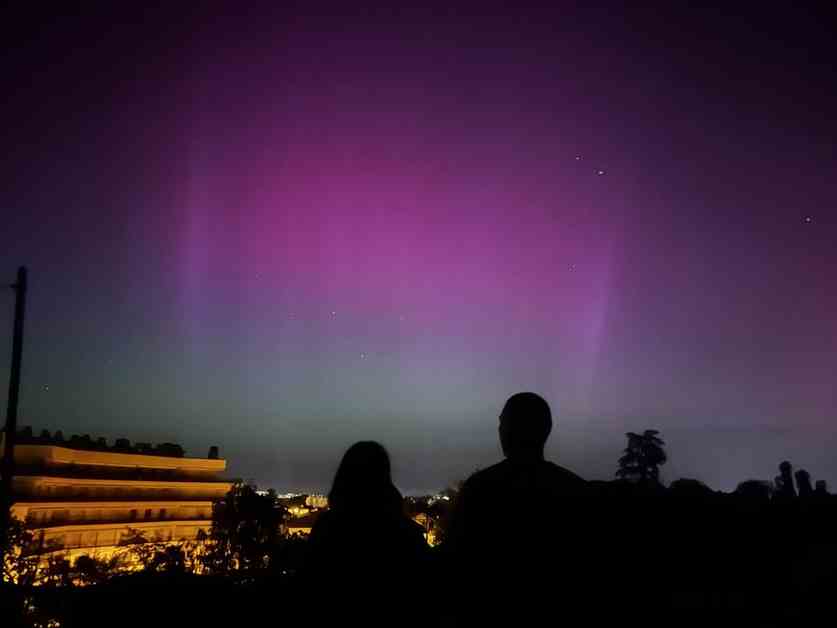Solar Storm: Northern Lights Visible on Monday and Tuesday 11 June?
A solar spot emitted a significant amount of particles over the weekend. These particles could reach the Earth’s environment between Monday 10 and Tuesday 11 June.
Alexi Glover, coordinator of space weather at the European Space Agency (ESA), warned that solar activity is far from over. This was evident when a solar spot named AR3697 produced a “gigantic coronal mass ejection” from Friday night to Saturday, as explained by science mediator and lecturer Pierre Henriquet, also known as Astropierre. Northern lights could occur in the coming days.
The solar spots and auroras visible in France and around the world on the weekend of 11-12 May were caused by a solar storm, the most extreme since the one in October 2003 known as the “Halloween storm”. This type of storm is triggered by a series of coronal mass ejections from the Sun reaching the Earth, accompanied by bursts of radiation that usually lead to a violent plasma ejection affecting the Earth’s magnetic field. This phenomenon manifests as auroras borealis or australis.
The ejections that weekend were caused by strong eruptions near a solar spot nearly 17 times the size of Earth directed towards our planet.
Solar maximum and eruptions occur when the Sun’s activity is very strong, which is currently the case. The Sun, following an 11-year cycle, is reaching its peak a year early. Multiple spots have been observed on the Sun’s surface for months, some visible to the naked eye.
Although the spot that created magical nights in the French sky, named AR3664, is no longer facing us, a new spot has emerged: AR3697. This spot produced a “long-duration solar flare that emitted a significant amount of solar particles” from Friday to Saturday.
This geomagnetic storm, rated level 3 out of 5, is less intense than the level 5 storm in the weekend of 11-12 May. It occurred on the western part of the Sun, and models predict that the flow of solar particles could reach the Earth’s environment on Tuesday 11 June, possibly even on Monday 10 June. If the Earth’s magnetic field is properly aligned, beautiful auroras could be produced, especially at high latitudes.
As the Sun rotates, other spots may appear or reappear in the coming months. The risk of a new geomagnetic storm is highest “between now and the end of next year”, according to Mike Bettwy from the US Space Weather Prediction Center.



